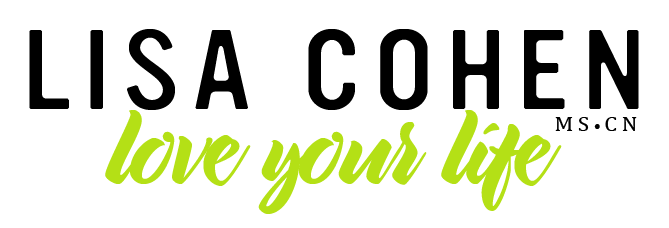Safer Skincare: 4 Harmful Chemicals To Avoid
/You may already know that beauty products can be a major source of our exposure to unhealthy chemicals. And since the skin is the body’s largest organ and absorbs most of what is put on it, we need to make sure all of our beauty products are healthy and non-toxic!
Here is an assignment I give to all of my health coaching clients. Take the time today to count how many beauty products you are using. I 'm talking about everything from your makeup bag to your shower. Now read the labels on those products. Look them up on the Environmental Working Group ( EWG) Skin Deep Database to see how they rate for things like hormone disruption and toxicity.
* The Environmental Working Group or EWG Skin Deep Cosmetics Database lets you search more than 62,000 products and rates them based on the ingredients listed on the label. The EWG scores products on a scale of 1-10, with 1-2 being least hazardous. 3-6 being moderate hazard and 7-10 being high hazard.
Did You Know?
- There are over 80,000 chemicals used in commercially available products. Many do not have any safety data.
- Only 10% of of the chemicals found in beauty products have safety data
- The United States has not passed a federal law regulating what companies can put in personal care products since 1938
- In the past 20 years the US has banned a mere 13 ingredients found in personal care products–the European union has banned 1,300.
- Anything that you put on your skin can be absorbed into your bloodstream. Consider that we use birth control patches, nicotine patches, and hormone creams because our skin acts as a conduit to the rest of our body.
- Research has shown there is a connection between toxic chemicals exposure and disease.
Here is a list of a few of the harmful chemicals that we know to avoid. If you want to fast forward to see 5 very easy and natural beauty swaps that you can make today, CLICK HERE.
1. Triclosan
Found in: toothpaste, deodorant, antibacterial soap
Triclosan was all the rage as antibacterial products became ubiquitous in the 1990s. Even the FDA agrees that there is no health benefit to humans who use triclosan, and in 2013 ruled that manufacturers using it had to demonstrate that there were no long-term detrimental effects. Triclosan (in liquid products) and triclocarban (in bar soaps) have been linked to hormonal disruptions, bacterial resistance, impaired muscle function, impaired immune function and increased allergies. Instead, use naturally antibacterial and antiseptic agents like tea tree oil.
2. Parabens
Found in: makeup, moisturizer, shampoo, personal lubricant and spray tan products
The FDA acknowledges several studies linking parabens, which mimic estrogen, to breast cancer, skin cancer and decreased sperm count, but has not ruled that it is harmful. According to the European Commission’s Scientific Committee on Consumer Products, longer chain parabens like propyl and butyl paraben and their branched counterparts, isopropyl and isobutylparabens, may disrupt the endocrine system and cause reproductive and developmental disorders. Look for ingredients with the suffix “-paraben” as well—paraben-free products will be labeled as such.
3. “Fragrance”
Found in: moisturizers, deodorant, lotion, face cream, shampoo, conditioner
Federal law doesn’t require companies to list on product labels any of the chemicals in their fragrance mixture. Recent research from Environmental Working Group and the Campaign for Safe Cosmetics found an average of 14 chemicals in 17 name-brand fragrance products, none of them listed on the label. Fragrances can contain hormone disruptors and are among the top 5 allergens in the world. Our advice? Buy fragrance-free wherever possible.
4. Oxybenzone
Found in: sunscreen
Oxybenzone is one of the highest-risk chemicals found in sunscreen. It acts like estrogen in the body, alters sperm production in animals and is associated with endometriosis in women. Studies on cells and laboratory animals indicate that oxybenzone and its metabolites may disrupt the hormone system. Opt for sunscreens with zinc oxide or titanium oxide or avobenzene instead.
I know that is a lot of information, but it’s important we all know the facts! Knowledge allows us to make confident, empowered decisions about the products we buy Plus, it is easy to avoid or reduce your exposure to these toxins with a few simple swaps to your beauty routine. Check out my recommendations here:
If you are new to my website....Welcome and thanks for being here! I specialize in helping women lose weight, balance hormones, and get healthy and fit so that they feel like the most vibrant version of themselves and have the energy to focus on what matters most to them.
Shoot me an email I'd love to chat about your health and wellness goals.
Yours in health,
Lisa C.



